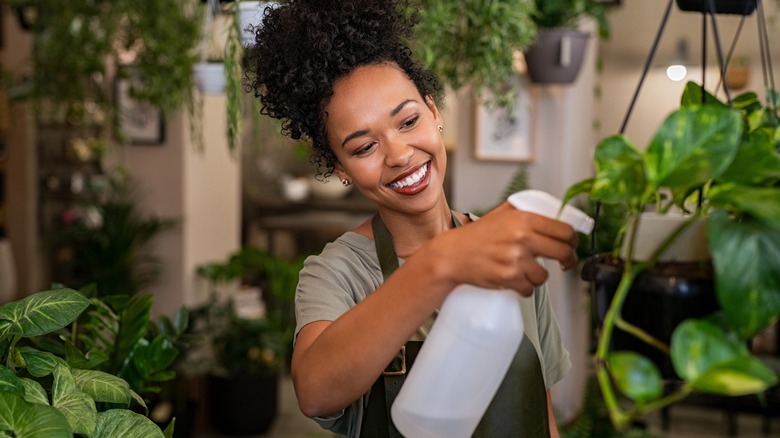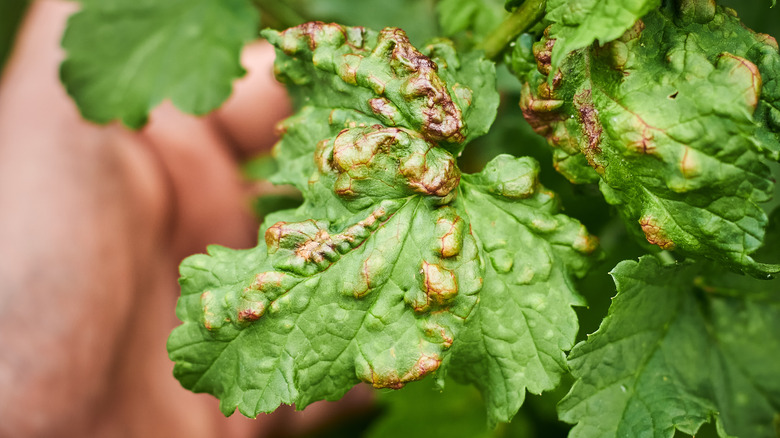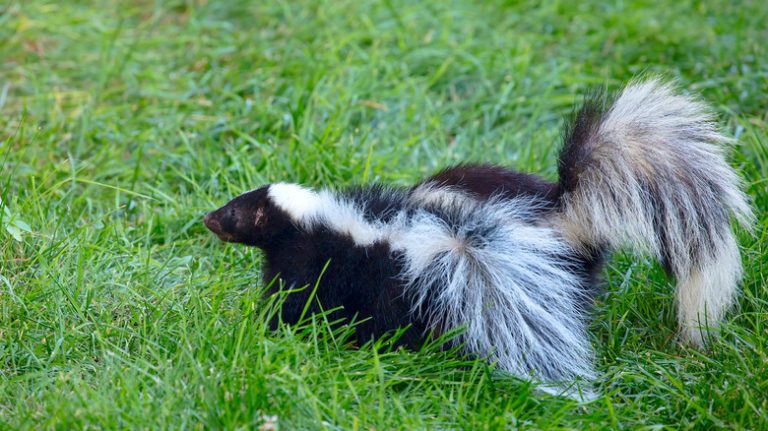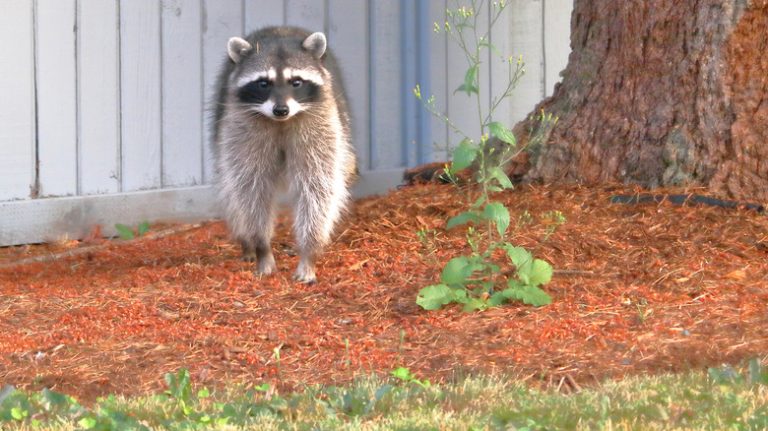If you love houseplants or your garden is your pride and joy, and you’re struggling with a mealybug infestation right now, we feel your pain. These little critters feed on sap and leave behind sticky “honeydew” secretions that encourage mold to grow on the leaves of both indoor and outdoor plants. Plant pests can do a lot of damage if you let an infestation get out of hand, but you can now say goodbye to mealybugs with the help of just a few kitchen ingredients — so check your cupboards for some garlic, onion, and cayenne pepper, and turn them into a simple yet effective repellant spray.
If you weren’t aware that you have mealybugs, the first thing you might notice is the leaves of your plant starting to turn yellow, or that new leaf growth is stunted. If you look a little closer, you might notice a white, waxy coating on the leaves — and the clumps of fuzz that you can see are actually small masses of mealy bugs. Eek!
There are many different ways to get rid of mealybugs, from simply washing them away with a stream of water to using isopropyl alcohol to actually kill them, purchasing commercial insecticidal soap sprays or neem oil, or even introducing a colony of predatory insects into your garden. Making your own garlic-cayenne insect spray, however, is a simple, affordable, and eco-friendly way to get your mealybug infestation under control.
How to make a homemade insect spray to get rid of mealybugs

You can easily make a homemade insect spray with ingredients that you probably already love to use in your cooking for their aromatics, pungent flavors, and spice — and these are precisely the properties that will help get rid of your unwelcome guests. The sensory impact of elements found in smelly garlic, the sulfur in garlic and onions, and the capsaicin — an irritant in cayenne pepper — sends insects running.
First of all, you’ll want to gather everything you need: a whole garlic bulb, a small onion, a teaspoon of cayenne pepper, a food processor or blender, a quart of water, some cheesecloth for straining, and a tablespoon of liquid dish soap. You’ll also need a spray bottle and a refrigerator if you want to keep your concoction fresh throughout the week.
Basically, you’re mixing all of these bug irritants together into one super-potent repellant, so pop your garlic, onion, and cayenne pepper into your blender. Once you’ve created a paste, add the water and mix again. Let it steep for an hour, then strain the liquid through the cheesecloth and add the dish soap to the liquid, mixing it in your spray bottle. Now you can use your homemade pesticide to get rid of those mealybugs — just target any part of the plant where you can see those pesky white spots. Don’t forget to check the undersides of leaves and repeat throughout the week as you spot any stragglers.
How to avoid getting mealybugs and other plant pests

If you collect houseplants or have a garden, it’s impossible to avoid getting pests entirely, as they’re part of the environment — and indeed, the food chain. However, you can do a few things to help prevent infestation before you even have to break out your homemade spray. The first thing is to regularly check your plants. If you water or prune your plants on a schedule, this is a great time to check them over for any signs of pests. Keep a lookout for changes in leaves, from discolorations like spots, speckles, browning, and yellowing to stunted growth or visible holes. You may also spot webbing, excretory substances, or mold. A magnifying glass can help you spot the pests themselves, as many of them are often too small to see easily with the naked eye.
You can also try to avoid cross-contamination by isolating new plants before you introduce them to your garden or the spaces where your other houseplants live. Always use clean pots when transplanting houseplants, and never use soil from the garden. Commercial potting soil will generally be free of organisms that could cause fungus or mold and shouldn’t contain any other bugs you don’t want to bring into the house to feed on your houseplants. Finally, ensure good airflow for indoor plants, as pests prefer stale environments, and consider planting companion plants in your garden that help to repel pests or attract pest predators.



